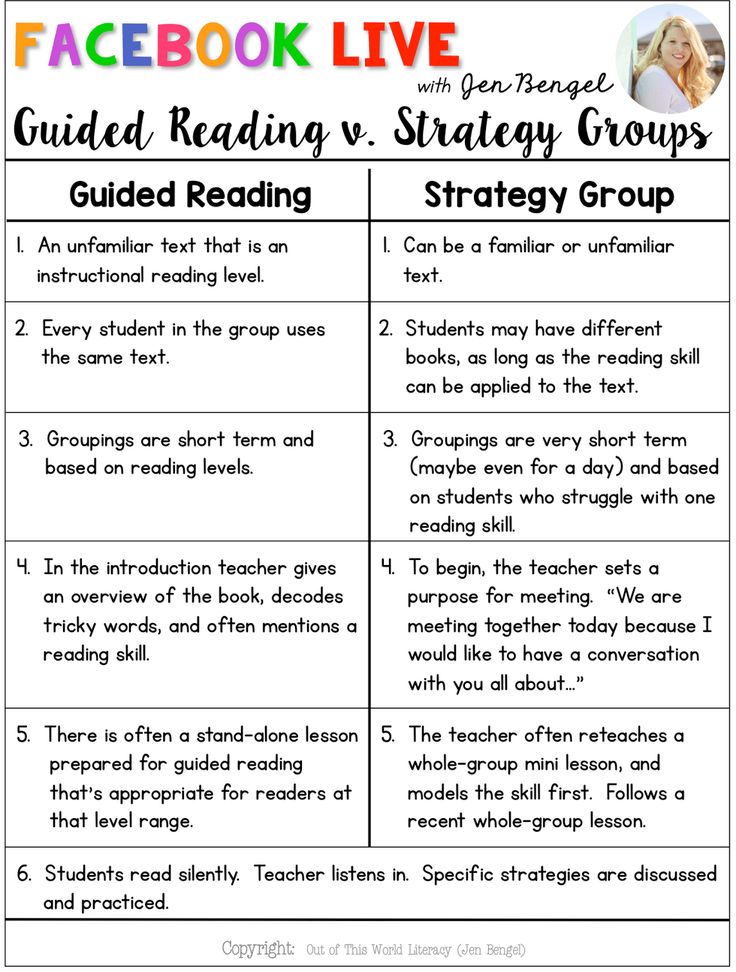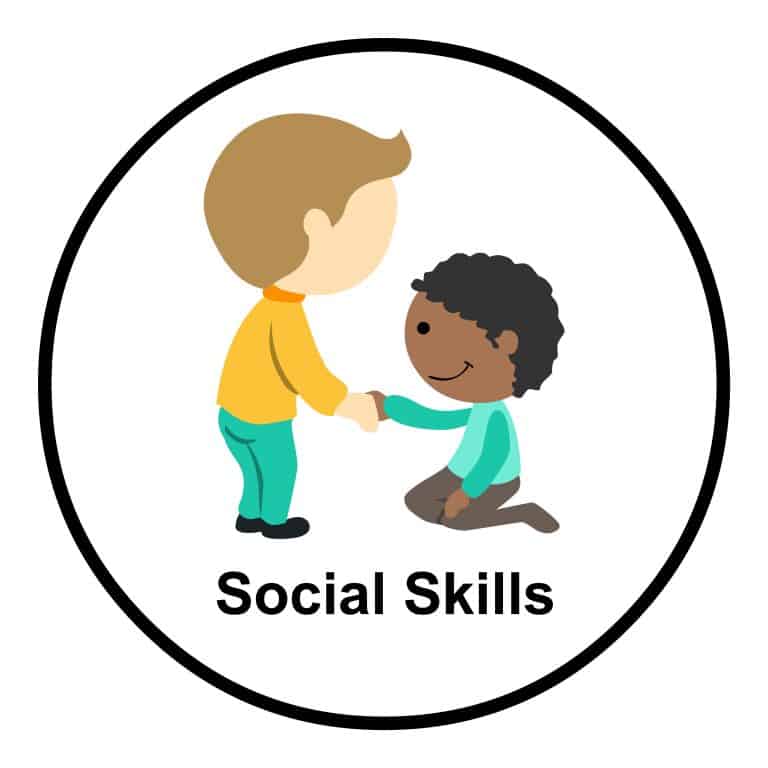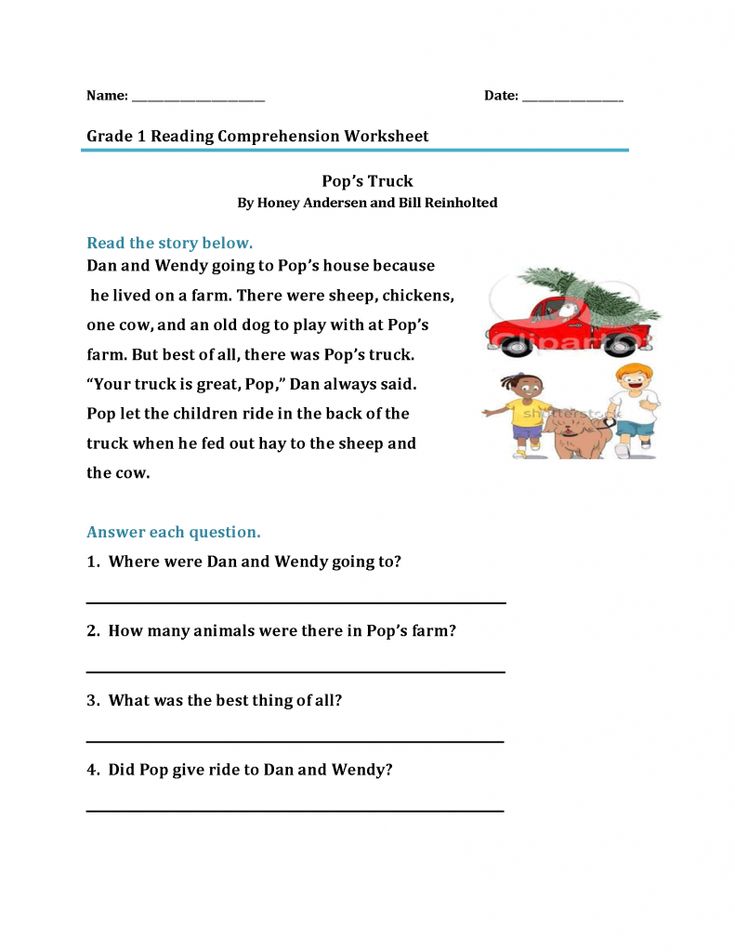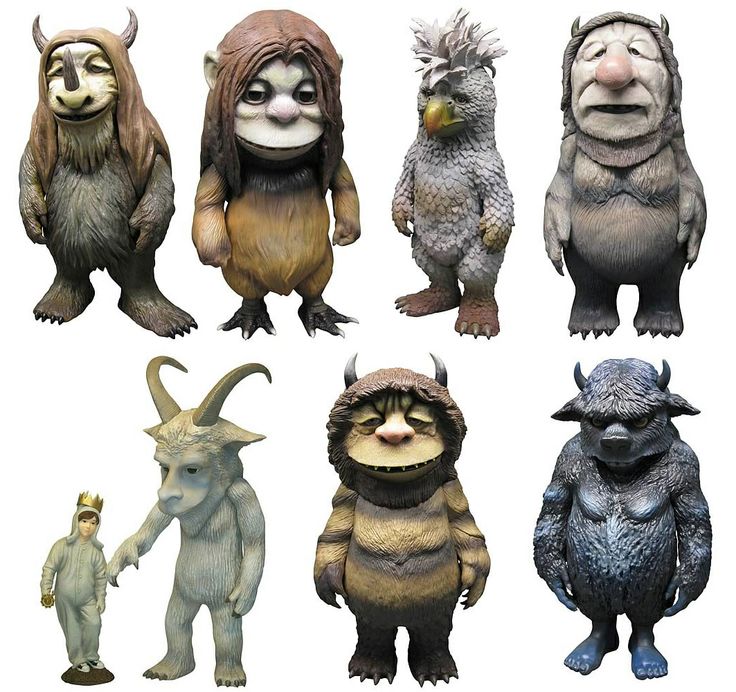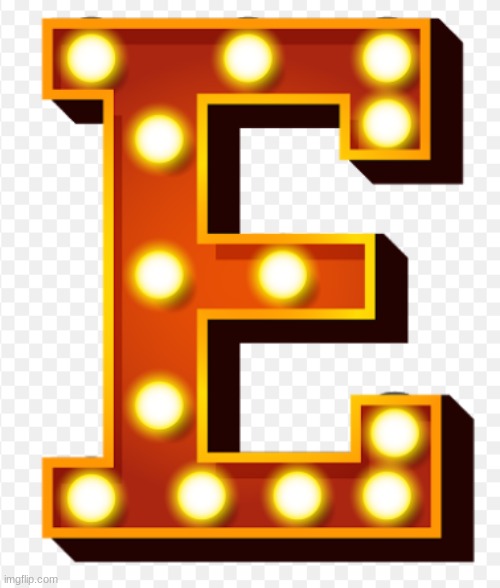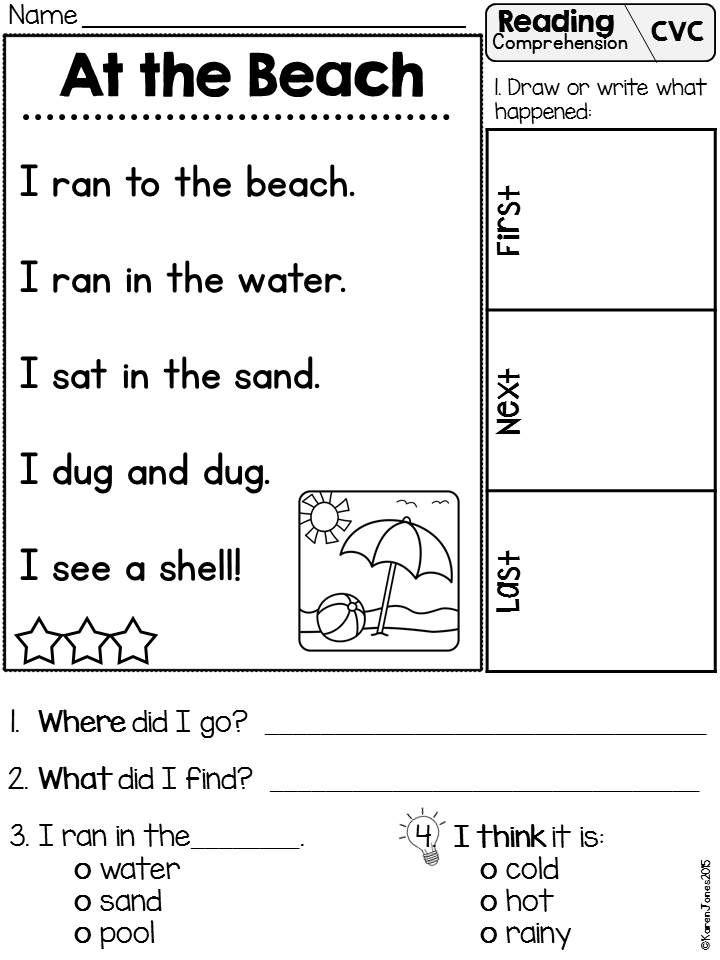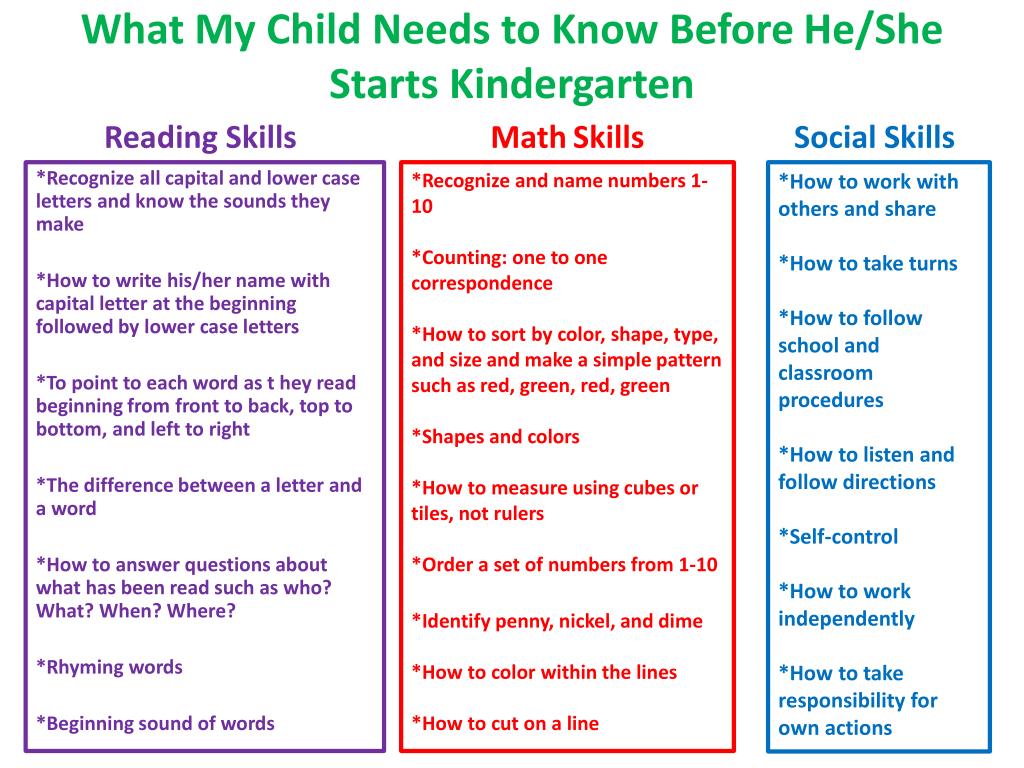Best way to teach reading comprehension
Seven Strategies to Teach Students Text Comprehension
1. Monitoring comprehension
Students who are good at monitoring their comprehension know when they understand what they read and when they do not. They have strategies to "fix" problems in their understanding as the problems arise. Research shows that instruction, even in the early grades, can help students become better at monitoring their comprehension.
Comprehension monitoring instruction teaches students to:
- Be aware of what they do understand
- Identify what they do not understand
- Use appropriate strategies to resolve problems in comprehension
2. Metacognition
Metacognition can be defined as "thinking about thinking." Good readers use metacognitive strategies to think about and have control over their reading. Before reading, they might clarify their purpose for reading and preview the text. During reading, they might monitor their understanding, adjusting their reading speed to fit the difficulty of the text and "fixing" any comprehension problems they have.
After reading, they check their understanding of what they read.
Students may use several comprehension monitoring strategies:
- Identify where the difficulty occurs
"I don't understand the second paragraph on page 76."
- Identify what the difficulty is
"I don't get what the author means when she says, 'Arriving in America was a milestone in my grandmother's life.'"
- Restate the difficult sentence or passage in their own words
"Oh, so the author means that coming to America was a very important event in her grandmother's life."
- Look back through the text
"The author talked about Mr. McBride in Chapter 2, but I don't remember much about him. Maybe if I reread that chapter, I can figure out why he's acting this way now."
- Look forward in the text for information that might help them to resolve the difficulty
"The text says, 'The groundwater may form a stream or pond or create a wetland. People can also bring groundwater to the surface.
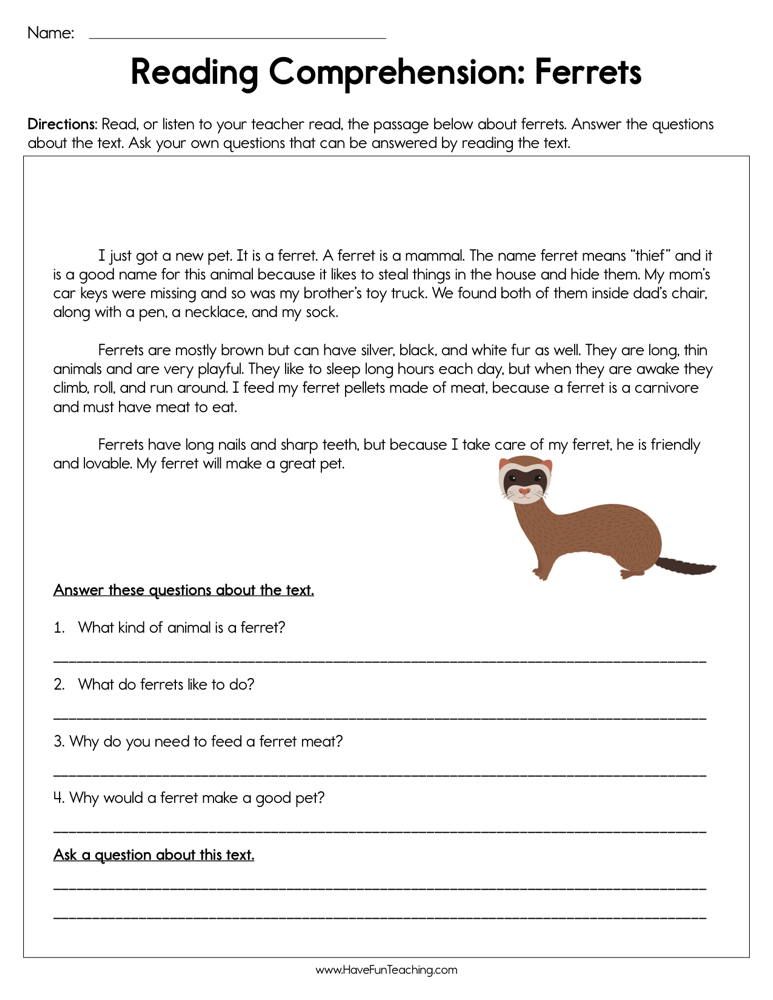 ' Hmm, I don't understand how people can do that… Oh, the next section is called 'Wells.' I'll read this section to see if it tells how they do it."
' Hmm, I don't understand how people can do that… Oh, the next section is called 'Wells.' I'll read this section to see if it tells how they do it."
3. Graphic and semantic organizers
Graphic organizers illustrate concepts and relationships between concepts in a text or using diagrams. Graphic organizers are known by different names, such as maps, webs, graphs, charts, frames, or clusters.
Regardless of the label, graphic organizers can help readers focus on concepts and how they are related to other concepts. Graphic organizers help students read and understand textbooks and picture books.
Graphic organizers can:
- Help students focus on text structure differences between fiction and nonfiction as they read
- Provide students with tools they can use to examine and show relationships in a text
- Help students write well-organized summaries of a text
Here are some examples of graphic organizers:
4. Answering questions
Questions can be effective because they:
- Give students a purpose for reading
- Focus students' attention on what they are to learn
- Help students to think actively as they read
- Encourage students to monitor their comprehension
- Help students to review content and relate what they have learned to what they already know
The Question-Answer Relationship strategy (QAR) encourages students to learn how to answer questions better. Students are asked to indicate whether the information they used to answer questions about the text was textually explicit information (information that was directly stated in the text), textually implicit information (information that was implied in the text), or information entirely from the student's own background knowledge.
Students are asked to indicate whether the information they used to answer questions about the text was textually explicit information (information that was directly stated in the text), textually implicit information (information that was implied in the text), or information entirely from the student's own background knowledge.
There are four different types of questions:
- "Right There"
Questions found right in the text that ask students to find the one right answer located in one place as a word or a sentence in the passage.
Example: Who is Frog's friend? Answer: Toad
- "Think and Search"
Questions based on the recall of facts that can be found directly in the text. Answers are typically found in more than one place, thus requiring students to "think" and "search" through the passage to find the answer.
Example: Why was Frog sad? Answer: His friend was leaving.
- "Author and You"
Questions require students to use what they already know, with what they have learned from reading the text.
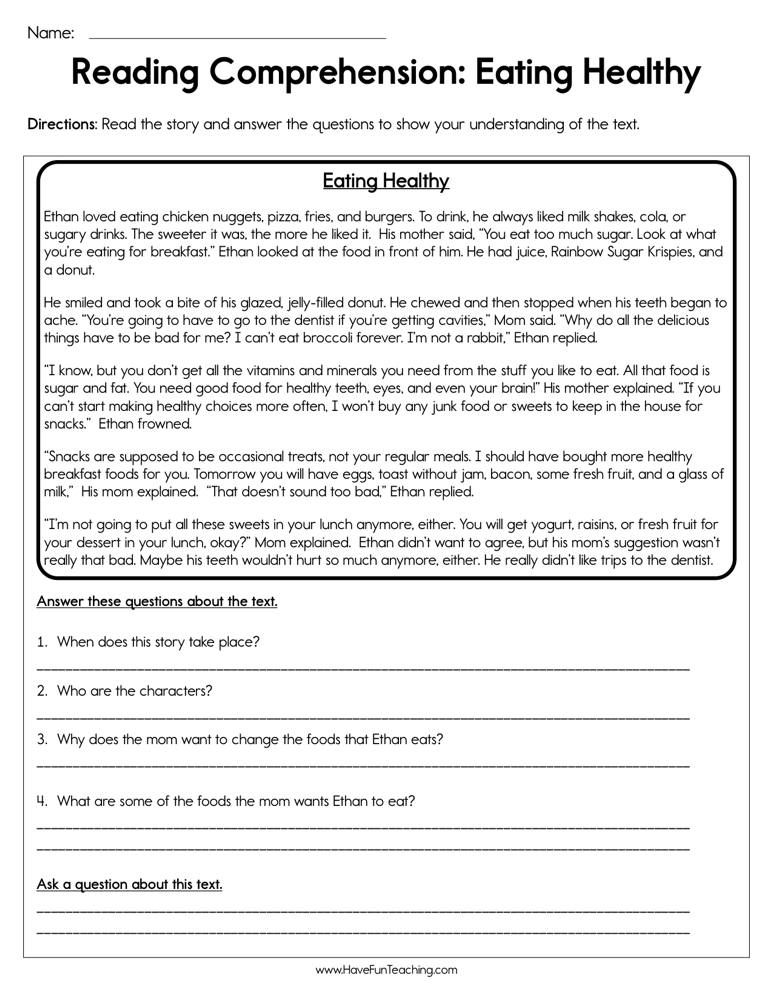 Students must understand the text and relate it to their prior knowledge before answering the question.
Students must understand the text and relate it to their prior knowledge before answering the question.Example: How do think Frog felt when he found Toad? Answer: I think that Frog felt happy because he had not seen Toad in a long time. I feel happy when I get to see my friend who lives far away.
- "On Your Own"
Questions are answered based on a student's prior knowledge and experiences. Reading the text may not be helpful to them when answering this type of question.
Example: How would you feel if your best friend moved away? Answer: I would feel very sad if my best friend moved away because I would miss her.
5. Generating questions
By generating questions, students become aware of whether they can answer the questions and if they understand what they are reading. Students learn to ask themselves questions that require them to combine information from different segments of text. For example, students can be taught to ask main idea questions that relate to important information in a text.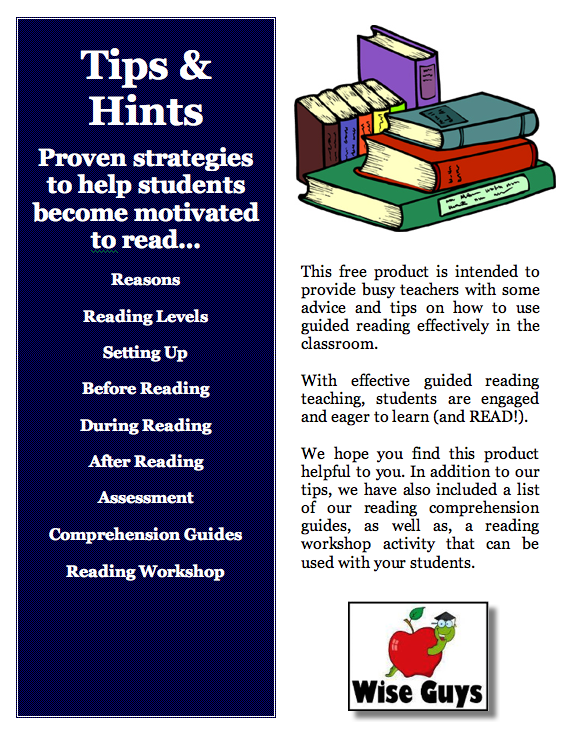
6. Recognizing story structure
In story structure instruction, students learn to identify the categories of content (characters, setting, events, problem, resolution). Often, students learn to recognize story structure through the use of story maps. Instruction in story structure improves students' comprehension.
7. Summarizing
Summarizing requires students to determine what is important in what they are reading and to put it into their own words. Instruction in summarizing helps students:
- Identify or generate main ideas
- Connect the main or central ideas
- Eliminate unnecessary information
- Remember what they read
Effective comprehension strategy instruction is explicit
Research shows that explicit teaching techniques are particularly effective for comprehension strategy instruction. In explicit instruction, teachers tell readers why and when they should use strategies, what strategies to use, and how to apply them.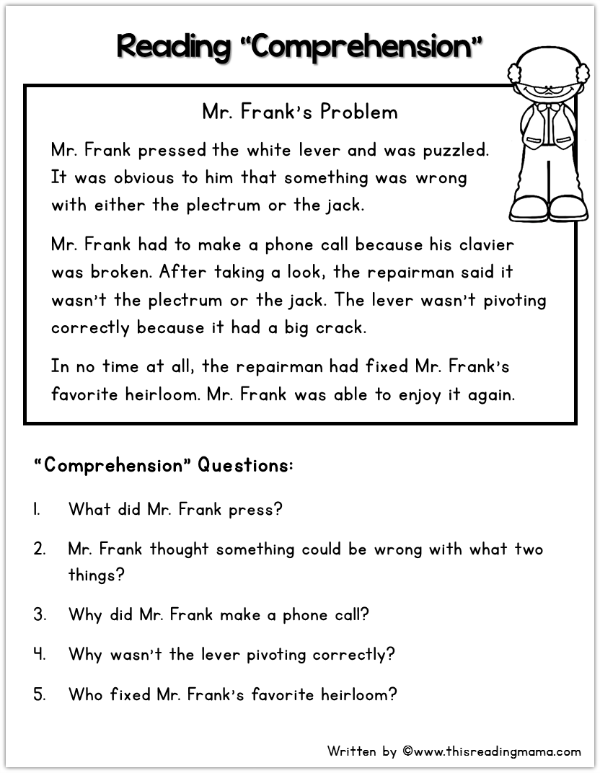 The steps of explicit instruction typically include direct explanation, teacher modeling ("thinking aloud"), guided practice, and application.
The steps of explicit instruction typically include direct explanation, teacher modeling ("thinking aloud"), guided practice, and application.
- Direct explanation
The teacher explains to students why the strategy helps comprehension and when to apply the strategy.
- Modeling
The teacher models, or demonstrates, how to apply the strategy, usually by "thinking aloud" while reading the text that the students are using.
- Guided practice
The teacher guides and assists students as they learn how and when to apply the strategy.
- Application
The teacher helps students practice the strategy until they can apply it independently.
Effective comprehension strategy instruction can be accomplished through cooperative learning, which involves students working together as partners or in small groups on clearly defined tasks. Cooperative learning instruction has been used successfully to teach comprehension strategies.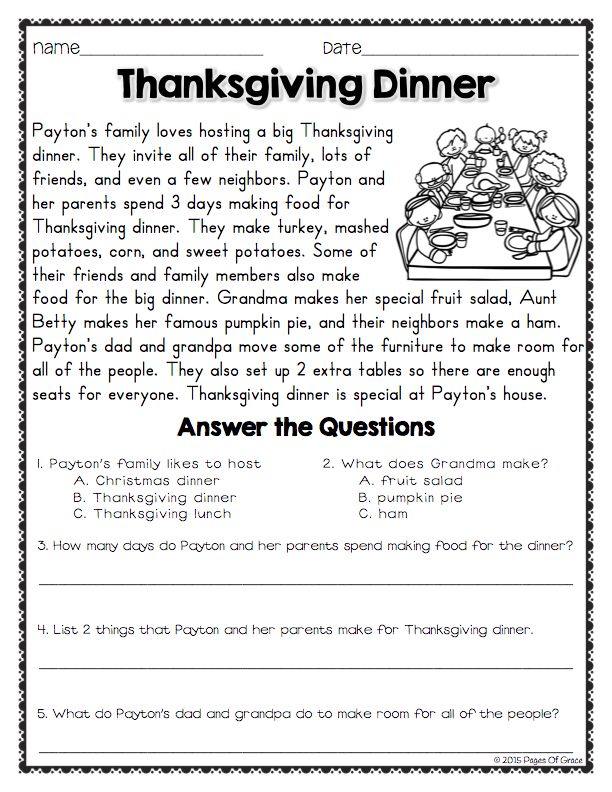 Students work together to understand texts, helping each other learn and apply comprehension strategies. Teachers help students learn to work in groups. Teachers also provide modeling of the comprehension strategies.
Students work together to understand texts, helping each other learn and apply comprehension strategies. Teachers help students learn to work in groups. Teachers also provide modeling of the comprehension strategies.
How to Teach Reading Comprehension (+ Demonstration Video & Poster)
by Marie Rippel
Reading comprehension is the ultimate goal when teaching your child to read. After all, when a child struggles with comprehension, reading can be a miserable chore. Wouldn’t it be nice if you could find some easy-to-follow ideas to help you nurture this ability?
Good news! There are many different ways to help develop your child’s reading comprehension!
In this article, you’ll discover why reading comprehension is so important, explore strategies for developing this skill, and find out how we teach reading comprehension in the All About Reading program.
The delight of reading awaits your child!
What Is Reading Comprehension?
Reading comprehension is the ability to fully understand what is being read.
A person with great reading comprehension can visualize, question, and interpret what they are reading, and they can think about their own feelings and opinions while reading text. The comprehension process is mostly unconscious—it happens without our active involvement or awareness.
There are some prerequisites for good reading comprehension. If any of these skills are lacking, comprehension will be lacking as well:
- Decoding skills
- Fluency
- Vocabulary
- Background knowledge
But even when these foundational skills are present, reading comprehension is not necessarily automatic. Some important strategies may still be required.
What Reading Comprehension Strategies Are Helpful?
Good readers use many different strategies. Some strategies are used at a conscious level, while others are employed unconsciously. Depending on the purpose for reading and the difficulty of the text, effective strategies may include those listed in the chart below.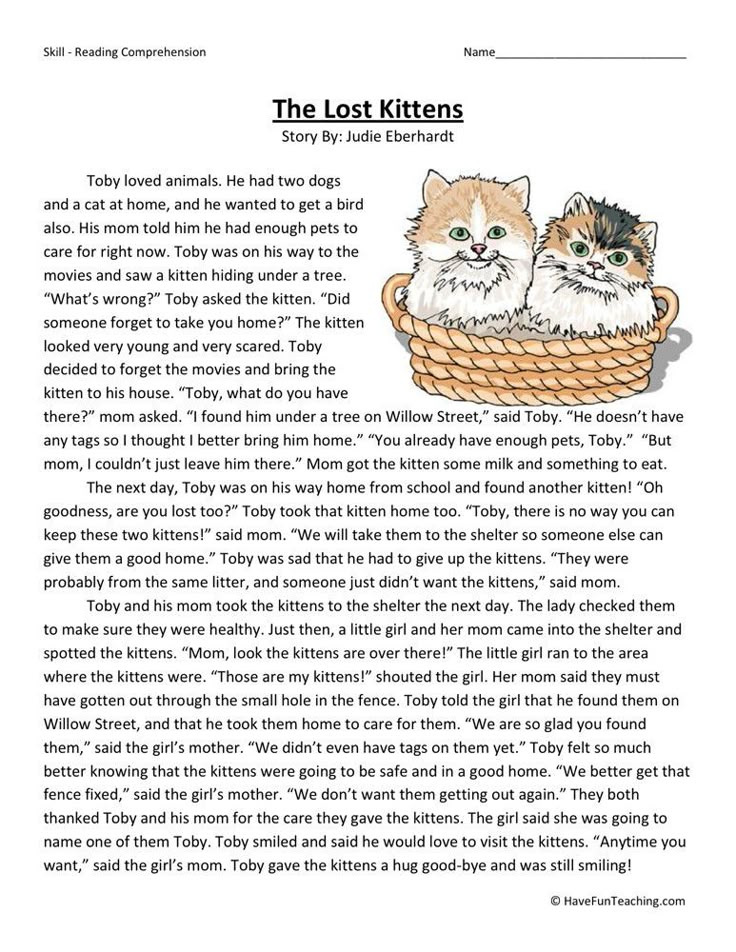
(You can download a printable Reading Comprehension Strategies Poster to hang on your fridge or classroom wall.)
But as helpful as these strategies can be, there are a few things you should keep in mind.
3 Things NOT to Do When Teaching Comprehension
While it is important to teach comprehension strategies to your student, it’s also important to realize that these strategies are tools and not the main goal. It’s imperative that you avoid focusing too much on individual comprehension strategies.
- Don’t assume that your child is comprehending just because she can decode all the words. Make sure that she understands what she is reading and isn’t just “word calling.”
- Don’t confuse comprehension with being able to answer literal questions. When working with beginning readers, it is sometimes helpful to ask a literal question such as “what did Jack buy at the store?” but be sure to move on from shallow questions. Focusing on literal questions not only bores your student, but also discourages in-depth interactions with the text.
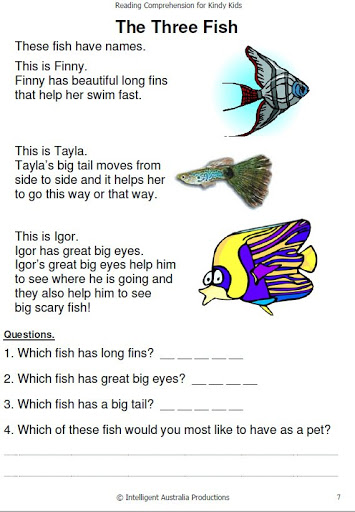
- Don’t spend too much time teaching a single comprehension strategy. Good readers use many different strategies, often simultaneously. Over-emphasizing a single strategy will make reading harder than it needs to be. For example, when students are constantly asked to compare and contrast, meaning can be lost (as well as motivation for reading). More time should be spent reading interesting books than working on comprehension strategies.
Background Information Is Crucial for Reading Comprehension
In order to make sense of what you read, you need to have background knowledge. Before a child can understand the short story “Pirate Food,” for example, it is important that she have some familiarity with different foods and pirate dialects.
Reading aloud to your child is one of the best ways to help develop background knowledge. Reading a wide variety of books helps build a storehouse of knowledge of places, events, emotions, vocabulary, and language structure.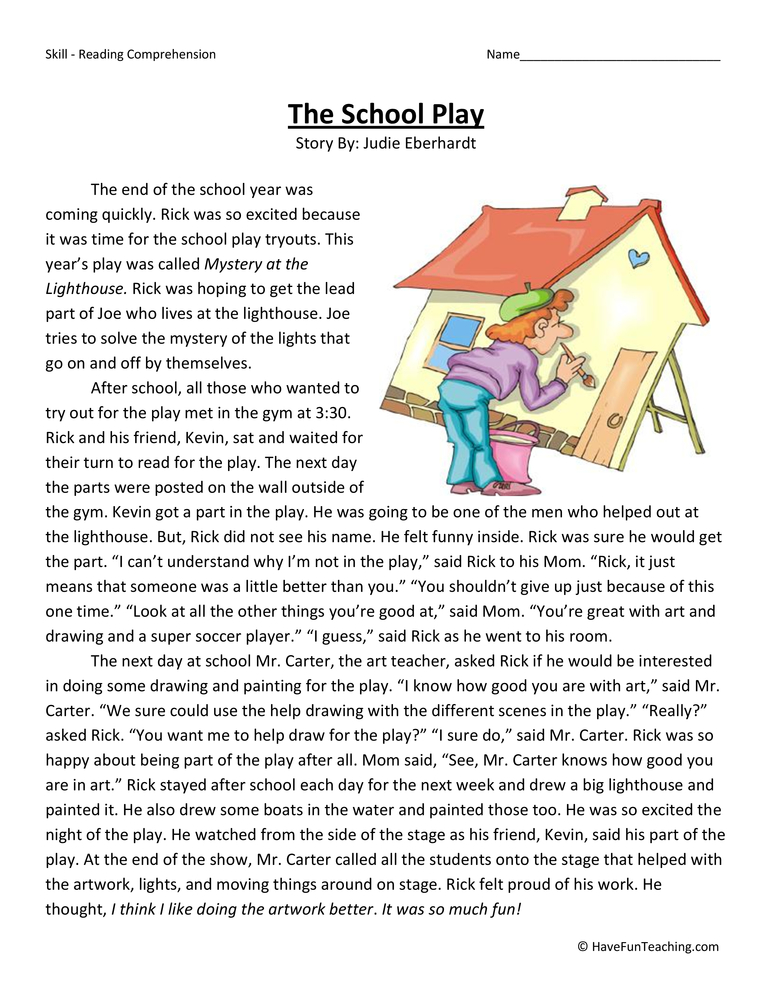 Other methods of building background knowledge include travel, hands-on activities, workshops, and discussions. Your child will later draw upon this information when she is reading independently.
Other methods of building background knowledge include travel, hands-on activities, workshops, and discussions. Your child will later draw upon this information when she is reading independently.
Exposure to a wide variety of books and experiences help your child distinguish reality from fantasy, recognize cause-and-effect, understand character motivation, and make predictions about what she is reading.
How Does
All About Reading Teach Comprehension?In the All About Reading program, we work on reading comprehension from the very first story your child reads, which is in Level 1, Lesson 3. The story contains only words that have already been taught, using just eight letters (M, S, P, A, N, T, B, and J). Would you like to see how we do it?
Download the lesson and story from Level 1, Lesson 3, and then follow along as we demonstrate this first reading lesson in action.
As you watch the video below, notice that even though there are only 20 words in this first story, Linda is already helping her student work on comprehension through the following:
- expressive reading
- introducing new vocabulary
- activating prior knowledge
- modeling comprehension strategies
- making predictions
- skimming
Every story lesson in the All About Reading program focuses on reading comprehension. A wide variety of methods are used, including graphic organizers, discussing literary devices, providing background information, and relating stories to the child’s own life. Students learn that reading is much more than just decoding the words—it is about engaging in a conversation with the text.
To see an example of how we teach reading comprehension in the higher levels of All About Reading, download this story lesson from All About Reading Level 4, Lesson 49.
The Bottom Line on Improving Reading Comprehension
When it comes to improving your child’s reading comprehension, here’s what you need to keep in mind:
- Build a foundation for reading comprehension with decoding skills, fluency, vocabulary, and background knowledge.
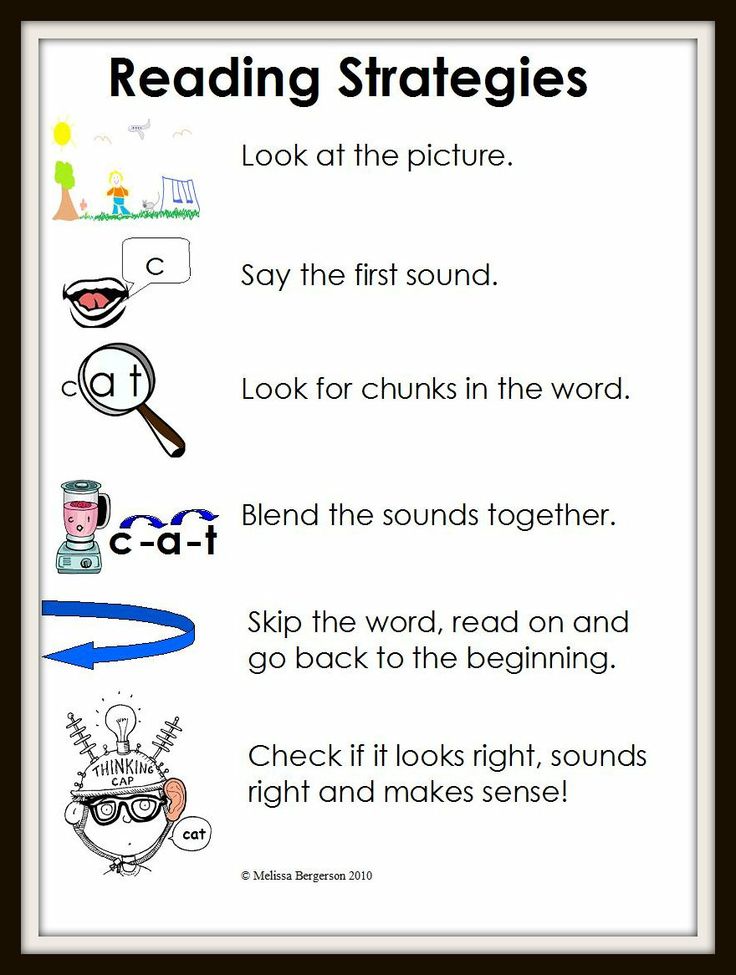
- Spend more time reading interesting books than on teaching comprehension strategies.
- Help build your child’s background knowledge with hands-on activities, workshops, discussions, and exposure to a wide variety of books and experiences.
The All About Reading program walks you and your child through all the steps to help your child achieve reading comprehension. The program is multisensory, motivating, and complete, with everything you need to raise a strong reader. And if you ever need a helping hand, we’re here for you.
What’s your take on teaching reading comprehension? Have anything else to share? Let me know in the comments below!
We teach the child to understand the meaning of the text. Free exercises
Many children find it very difficult to make the transition from rote reading to conscious reading. One reason for this may be dyslexia, which makes it difficult for a child to focus on letters and link them into words.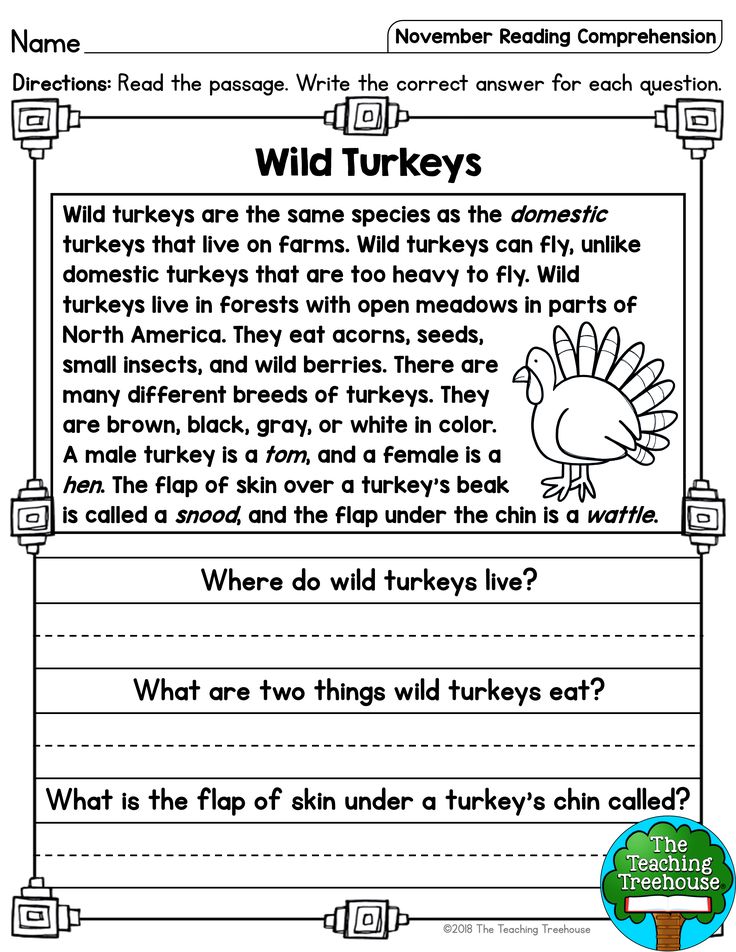 Therefore, reading for such children turns into torture. Read more about what this violation is and how to understand if your child has it, read here.
Therefore, reading for such children turns into torture. Read more about what this violation is and how to understand if your child has it, read here.
⠀
Another reason why it is difficult for a child to understand what they read is the speed of reading. A child who reads slowly usually forgets what he was reading when he reaches the end of a page or paragraph.
⠀
There can be several reasons for slow reading:
- poor concentration of attention;
- narrow field of vision, when it is difficult for a child to focus on a whole word, phrase or sentence;
- speaking the text aloud or to oneself;
- when reading, the eyes move in a chaotic manner.
⠀
We will look at a few simple exercises for preschoolers and schoolchildren that will help increase their reading speed.
Learning to read faster
1. Attention exercises
Set a timer and ask the child to name all the letters in alphabetical order starting with the letter A and going down the table.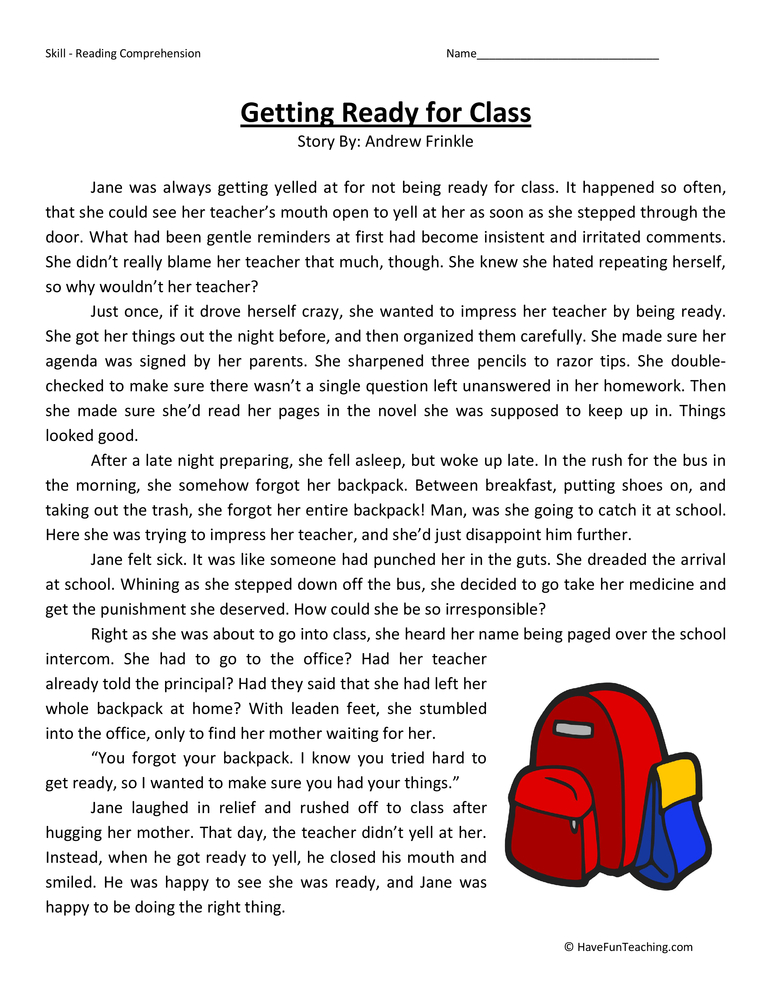
This exercise also focuses on concentration. Ask the child not to read the words, but in order to name the colors in which the words are written.
2. Getting rid of regression
In order for the child to read word by word, not to jump from one line to another with his eyes and to be as focused as possible while reading - give the following exercise 5 minutes a day and the result will not be long in coming.
Letters, figures, numbers and words that are in the squares must be named sequentially. Thanks to this exercise, the child learns to move his eyes correctly and avoid regression.
⠀
The sooner you get it, the better.
3. At the same time we train concentration of attention and logic
Ask the child to correctly form words in sentences.
Study with your child for 15-20 minutes every day and after 2-3 weeks he will read faster. And if you have already tried, but nothing worked out for you or you simply don’t have enough time to study, we offer you our Reading Trainer course.
⠀
After training, your child will learn to read faster, will understand what they read and begin to read with interest, and will be able to write simple sentences in block letters. You can sign up for a trial lesson here.
⠀
Now let's move on to exercises aimed at conscious reading.
7 game exercises that will teach a child to understand what they read
For example, let's take a passage from a fairy tale and show all the exercises on it. You can also choose different passages from your child's favorite fairy tales for each exercise.
⠀
In order not to spoil the books and not to type the text, find the electronic version of the fairy tale, select any passage and print it out.
⠀
The text on which we will demonstrate our exercises will be taken from a children's book recommended by our student's mother Elena.
⠀
An excerpt from the book "Shmyak the Kitten" by Robin Scotton
1.
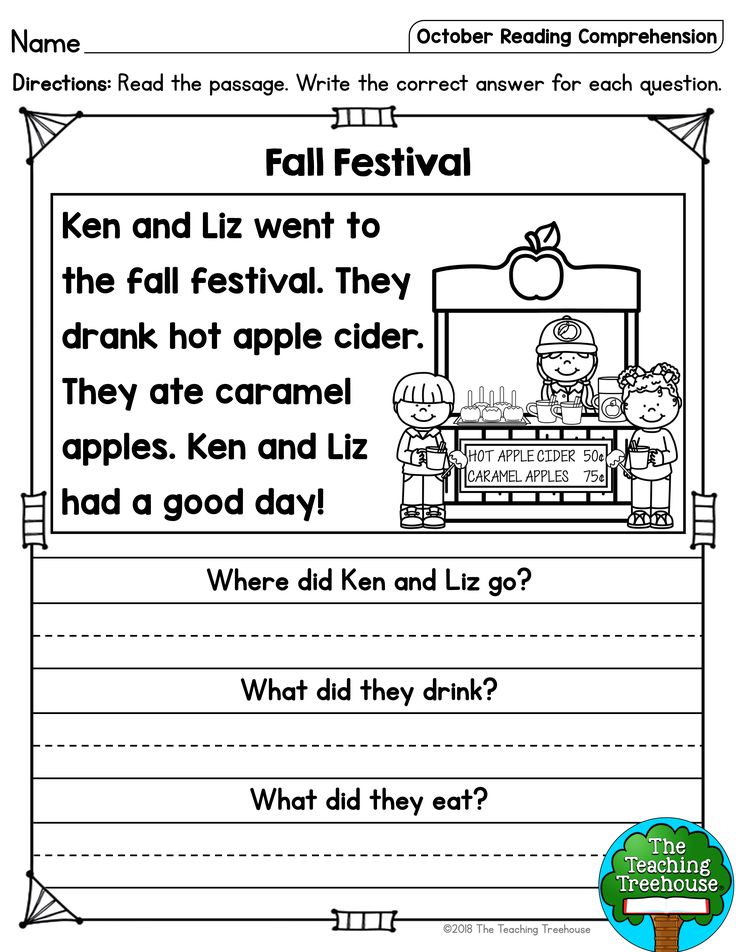 Visualizing the text
Visualizing the text Pictures help to involve both hemispheres of the child's brain, making it easier for him to understand and remember the meaning of what he read. You can visualize the text using self-made mnemonic tables. Below is an example, and how to do them correctly, read here.
2. Making the text out of parts
Take the printed text and ask the child to read it once or twice. Then cut the text into paragraphs, shuffle it, and ask him to reconstruct the text by putting the pieces together in sequence.
3. Playing teacher
Take the printed text and invite the child to cross out the words in such a way that the main meaning is not lost.
4. We train logic and learn to analyze what we read
We invite you and your child to solve word logic problems. Remember the famous Soviet riddle “A, I, B were sitting on a pipe. A - fell, B - disappeared. Who stayed on the pipe? Answer - And remained on the pipe.
⠀
This is a very simple and interesting puzzle for preschoolers, which demonstrates to children the great possibilities of the Russian language.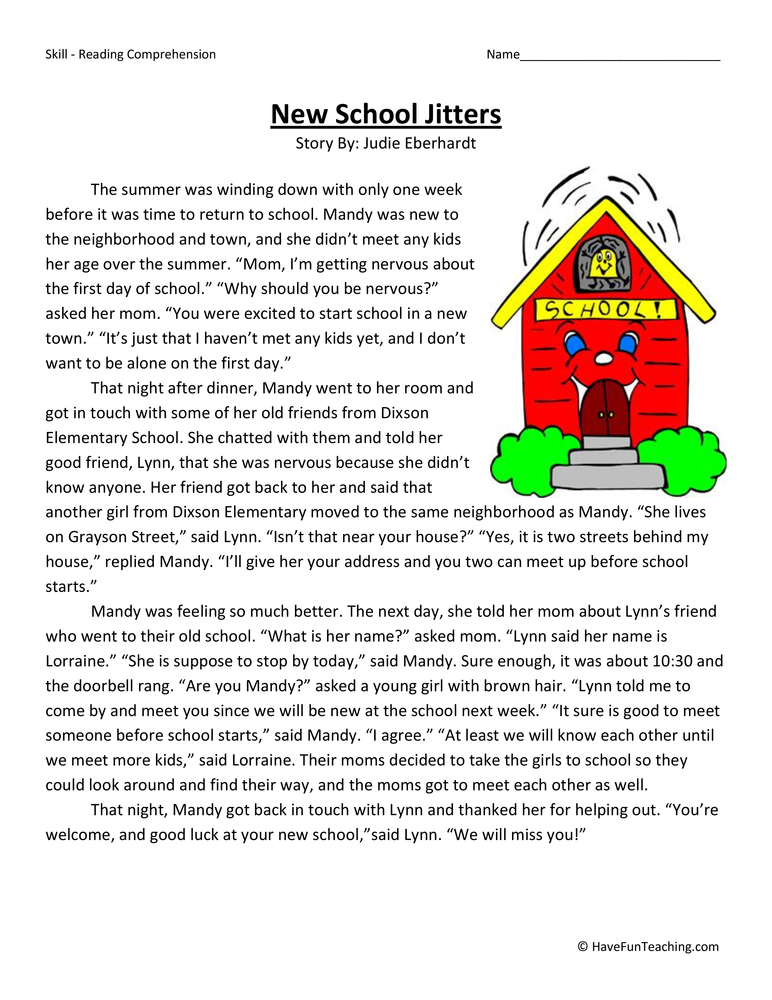
⠀
Below are more examples of tasks for training.
We also recommend that you develop your child's logical thinking by using our simple ideas for creating games from objects that you have at home.
5. Analyzing the text with questions
A good way to help your child build a sense chain is to ask questions about the text:
⠀
- Who is the main character?
- What is happening to him?
- Why do you think this is happening to him? Why was he in this situation?
- What does this situation teach him?
- What would you do in this situation?
- Let's imagine what could have happened if he had acted differently?
⠀
Such questions will help the child to grasp the meaning, highlight the main idea and easily retell what they have read.
⠀
To summarize!
⠀
A child's ability to work with text directly affects academic performance.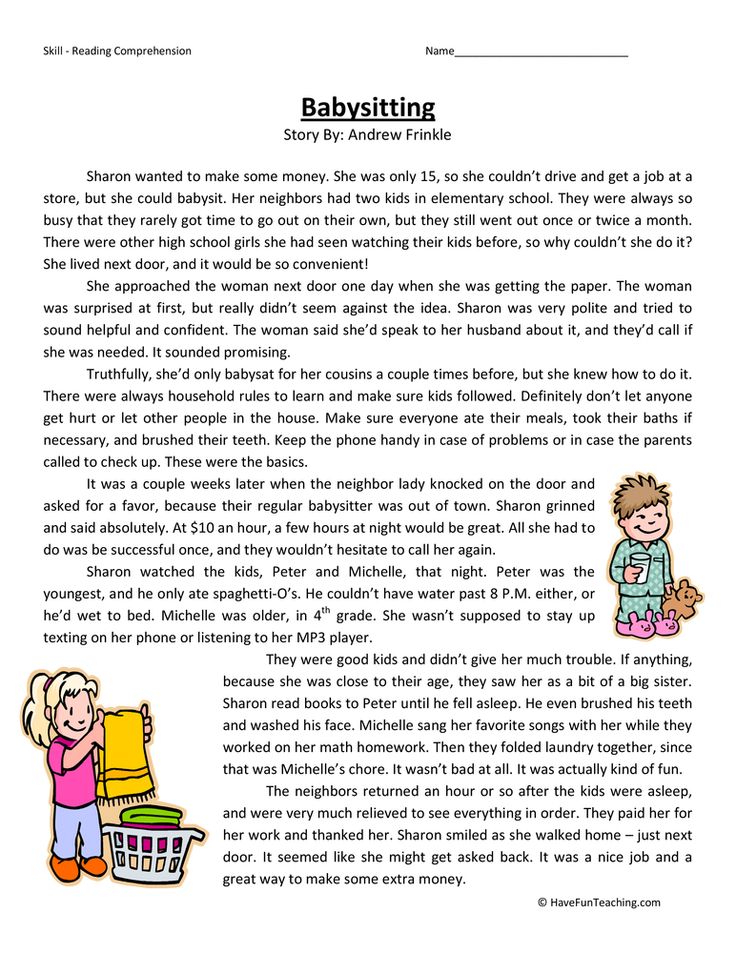 Start exercising as early as possible. Using our exercises, you will teach your child to think logically and correctly perceive textual information. These are the basic skills that will allow you to become a thoughtful reader and will help your child develop throughout his life.
Start exercising as early as possible. Using our exercises, you will teach your child to think logically and correctly perceive textual information. These are the basic skills that will allow you to become a thoughtful reader and will help your child develop throughout his life.
⠀
Read also:
9 life hacks: how to quickly remember information for a child
How to develop a child's memory with kinesiology exercises!
Simple games for learning Russian. For children from 4 years old
5 easy ways to teach your child to understand texts
Schoolchildren about whom they say: “He is better at math” often read badly. Although the point, perhaps, is not at all in humanitarian abilities or the presence of dyslexia, but simply in the fact that you need to work well with the child. Edition Edutopia told in detail how best to do this.
Why reading problems need to be addressed right away
When you start talking about reading problems, the first thing that comes to mind is small children with poor phonetics who struggle to decipher letters and make themselves understood. And there are people - schoolchildren and students - who think they can read, but in reality they experience a lot of difficulties with understanding words, images, conclusions, reasoning.
And there are people - schoolchildren and students - who think they can read, but in reality they experience a lot of difficulties with understanding words, images, conclusions, reasoning.
If a child deciphers a text well, we usually assume that he reads well. But at the same time, the teacher may notice that the child freely "decodes" the text, but does not understand it. One way or another, both children who cannot decipher and children who do not understand what is deciphered are all children with reading problems. However, the latter are much less noticeable, and their problem escapes the attention of adults much more often. The child begins to fail tests and generally does not understand half of what is taught in the classroom.
That's when the real trouble comes, and most of the time it's already in middle and high school.
The sooner you start solving this problem, the better. But it is better to remember that a complete correction requires not just practice - for example, reading passages and asking questions on them - but using an integrated approach that includes several important things.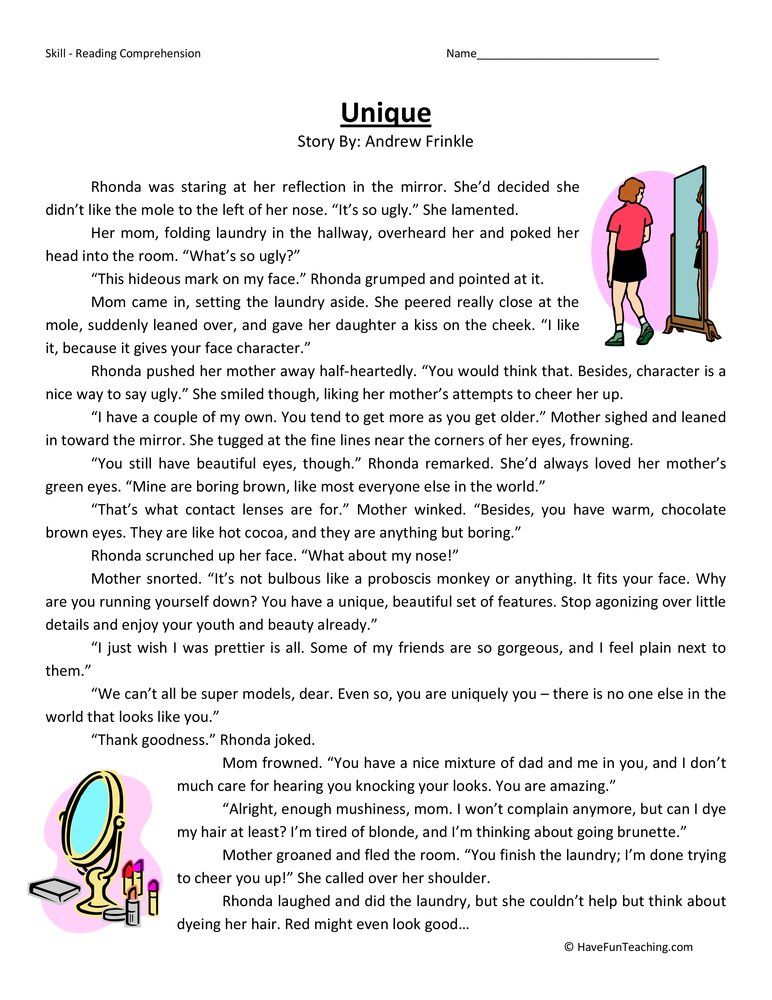
The following comprehension skills and strategies can be used for the whole class. Teachers can help students choose reading material that matches their current vocabulary and abilities so that in the classroom, children read the text and work at levels accessible to each of them.
What to do if your child does not understand what he is reading
1. Recent research suggests that reading comprehension difficulties may stem from poorly developed spoken language that develops long before a child begins learning to read. It turns out that students who have problems with reading comprehension also often understand fewer words spoken in oral speech, that is, less than what they hear. They have poor conversational grammar. So, to deal effectively with reading comprehension problems, educators may need to adopt an approach that teaches vocabulary and comprehension first in spoken language and only then in written language.
2. Children who have poor reading comprehension often suffer from a small vocabulary, so it is useful for them to spend a lot of time learning new words.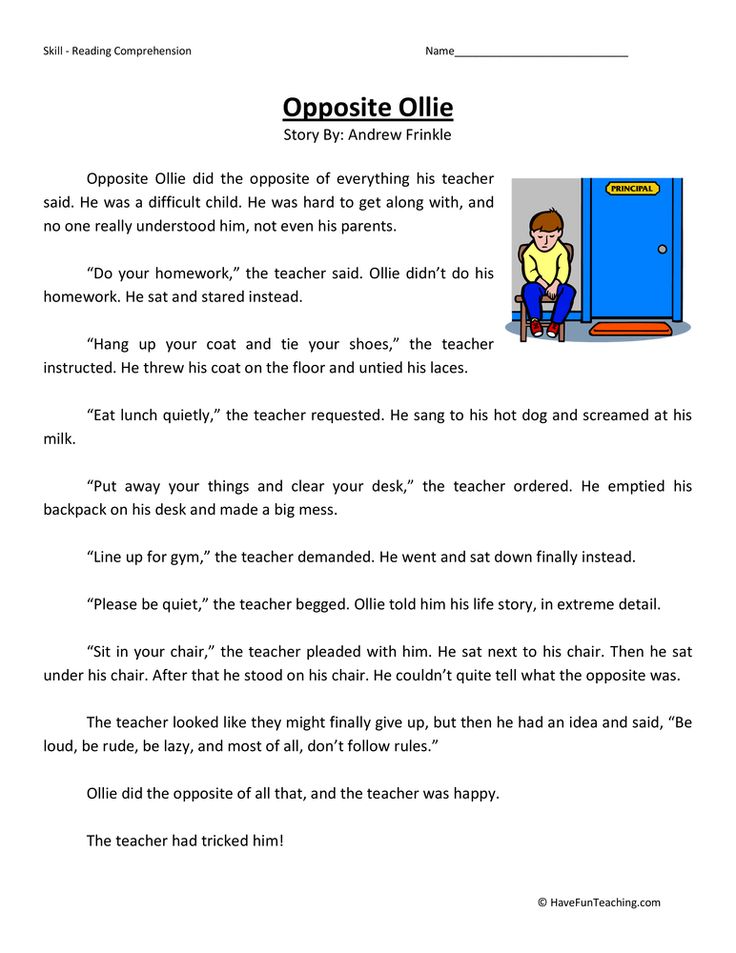 One of the ways is a multisensory approach: for example, pictures, mind maps or mnemonics. Improving general language skills increases the likelihood that they will understand the words they encounter in written text. Since it is not possible to know and remember every word, the child should be taught different types of context clues and how to use them to determine the meaning of unknown words.
One of the ways is a multisensory approach: for example, pictures, mind maps or mnemonics. Improving general language skills increases the likelihood that they will understand the words they encounter in written text. Since it is not possible to know and remember every word, the child should be taught different types of context clues and how to use them to determine the meaning of unknown words.
3. As soon as a child has enough vocabulary to understand every word in a text, he finds it difficult to keep his attention and follow all the details or, for example, access indirect information and the hidden meaning of the text .
In this case, the educator can teach the child several cognitive reading strategies that will help: annotation, SQ3R, and KWL diagram among them. They help:
- to learn to discuss what they read or to activate the knowledge gained while reading the text;
- develop and ask questions about what has been read;
- draw parallels between two texts or between what the child saw and read;
- make predictions about what will happen next in the text;
- highlight keywords that will later help answer questions;
- think aloud.
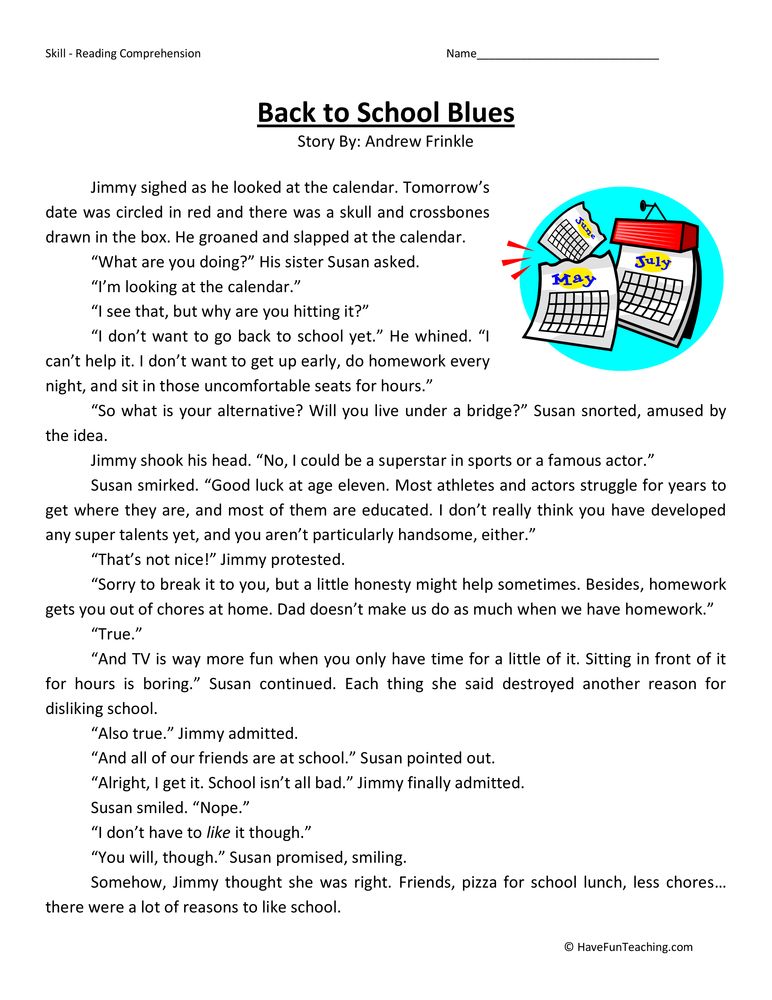
Each child can choose exactly the strategy that works best for him. Extracting deeper meaning from a text using strategic thinking can be useful not only for reading comprehension, but also for writing.
4. Have students engage in peer learning - this encourages the child to take the lead and think about their thought process while reading. Teachers can use peer learning during class discussion, with a text that is read aloud and then with a text that is read in groups. Students should divide into four types and then alternate among themselves.
- Participant 1. The one who asks the question. He asks about parts of a lesson, discussion, or text that are unclear or confusing to help connect with previously learned material.
- Participant 2. Someone who will record important things - for example, details from a text or important points of a discussion.
- Participant 3. The one who will answer the questions asked by the first participant and will be responsible for ensuring that the answers to these questions are clear to everyone.
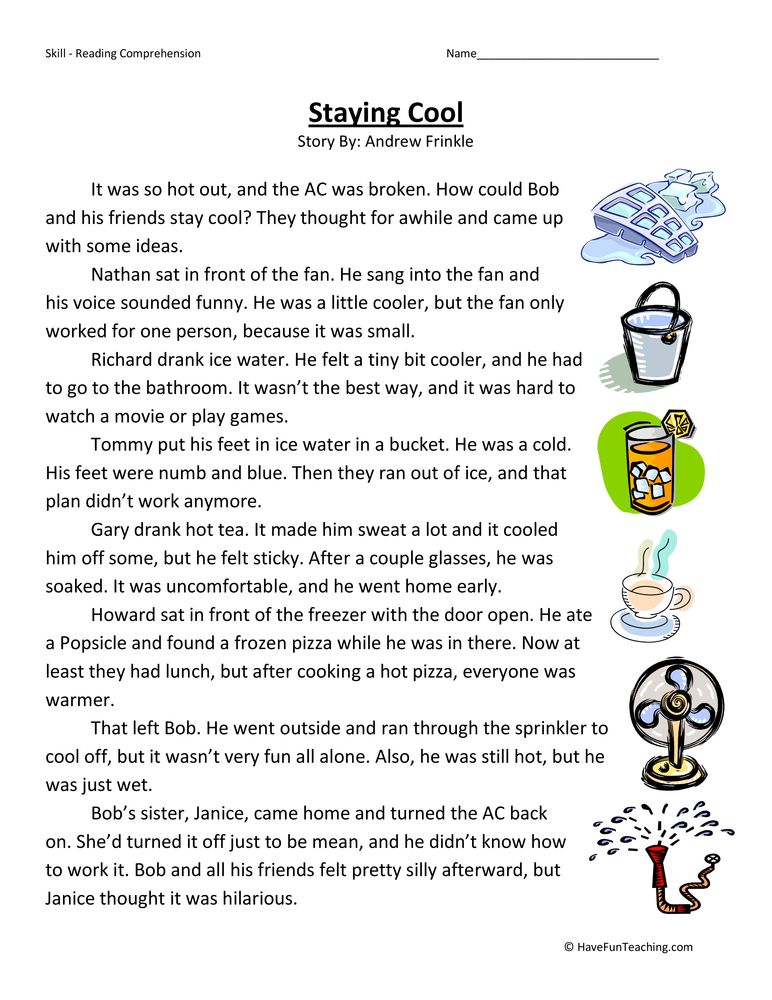
Learn more

